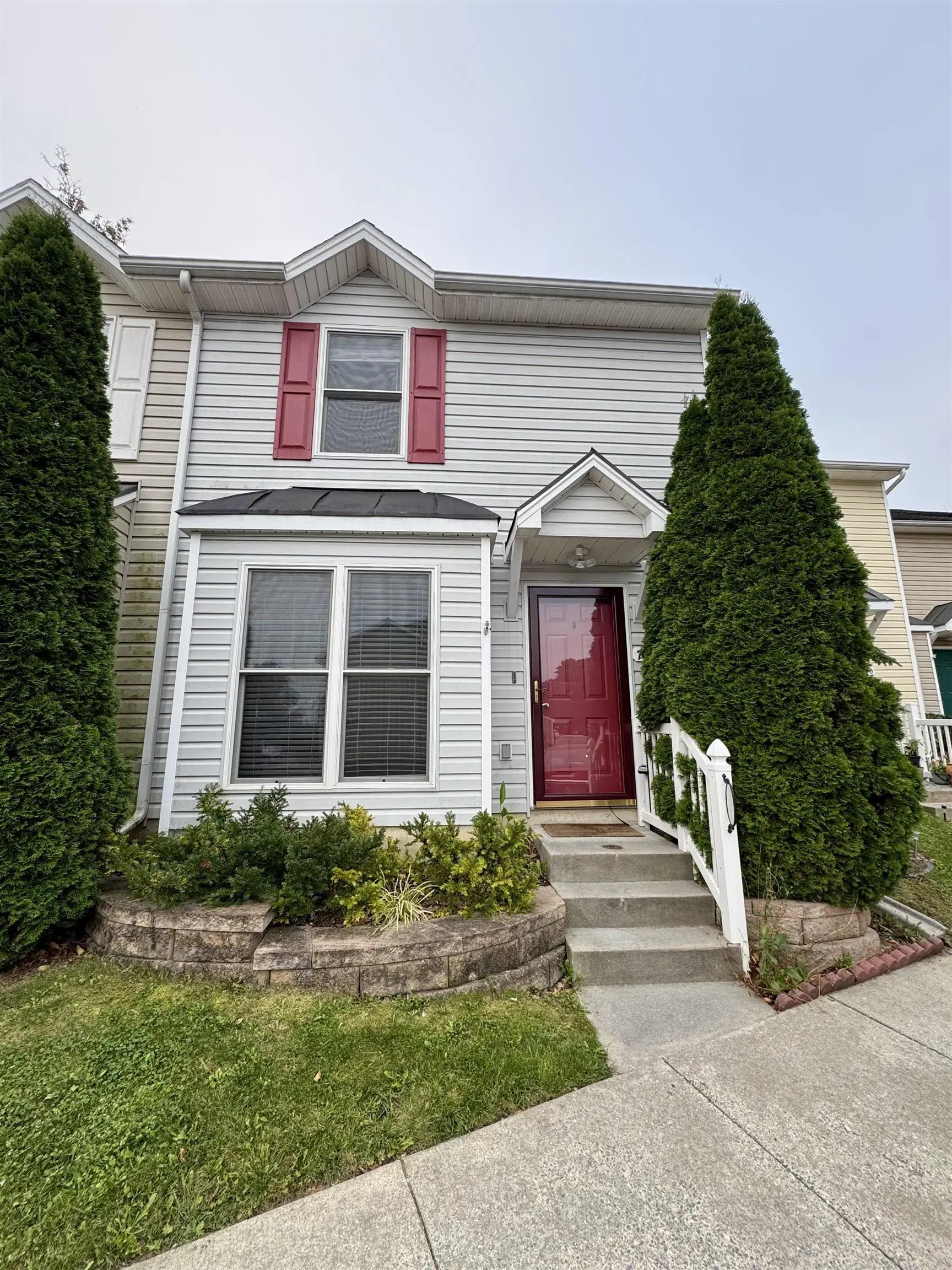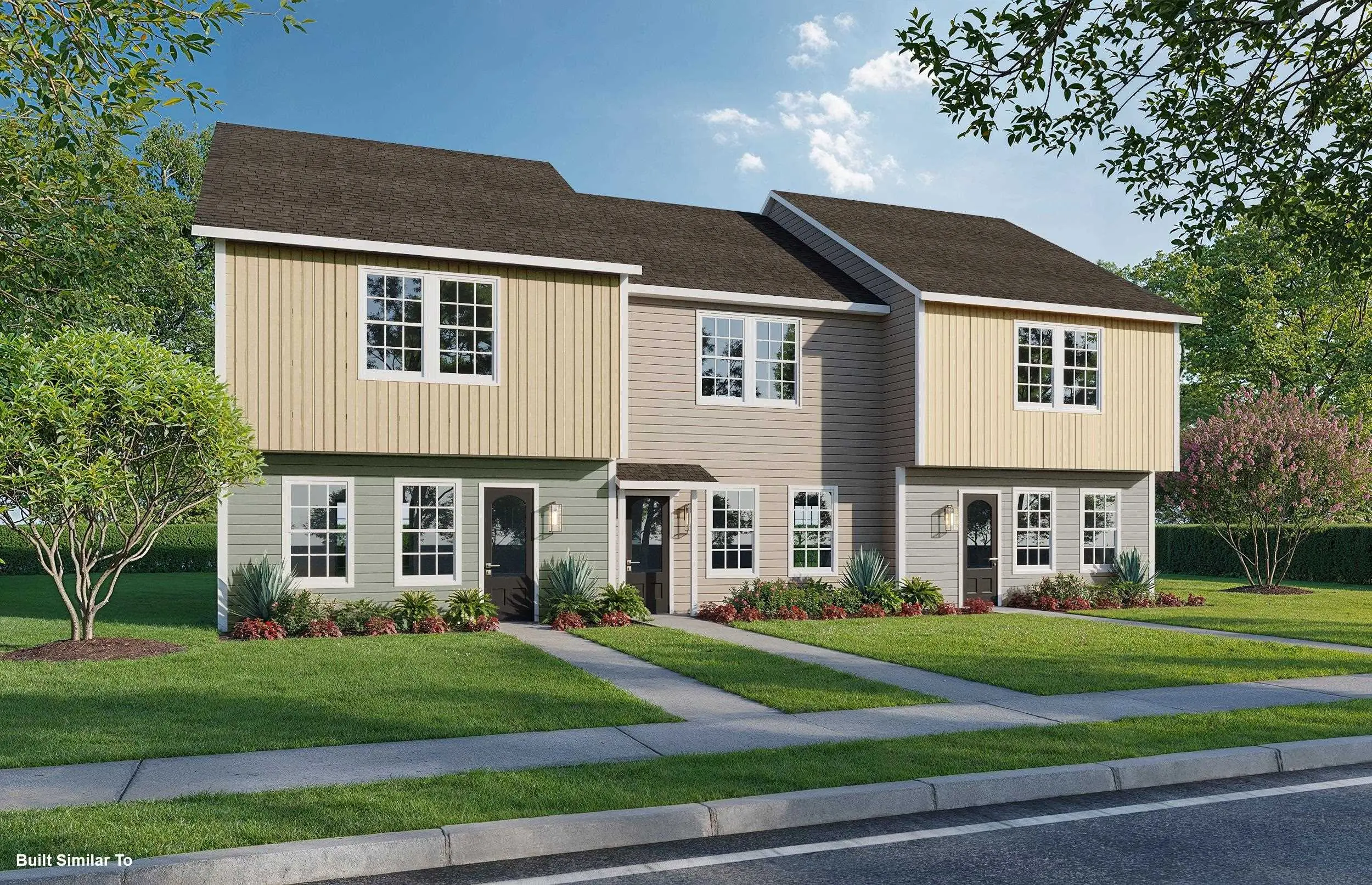Harrisonburg Homes For Sale
More about Harrisonburg, VA
The heart of downtown Harrisonburg is Court Square, an area surrounding the imposing stone court house whose boundaries are defined by two intersecting roads, U.S. 11 and U.S. 33. It is a fitting landmark for a city that is perpetually at a crossroads; a place where remembering the past is balanced with looking towards the future, where the boundary blurs between growth and tradition in Virginia’s Shenandoah Valley.
The small, domed structure on the south west corner of the court house lawn covers the spot where a spring bubbles to the surface. The spring’s water was important to the area’s Native American inhabitants as they traveled the “Indian Road.” Early Scots-Irish and German settlers followed the path as it evolved into the “Great Wagon Road” as they moved south through the Shenandoah Valley from Pennsylvania, looking for land and opportunity in what was then the frontier of a burgeoning British colonial empire.
One of these travelers, Thomas Harrison, stopped at the “Big Spring,” as it came to be known, and decided to stay. Around 1739, a decade after some of the first European settlers began to arrive in the area, Harrison acquired land and built a log house near the spring, which he later replaced with a stone structure that still stands in downtown Harrisonburg. The village that grew around Harrison’s home was known as “Rocktown” after the limestone protrusions that dotted the local landscape. In 1780 an act of the state General Assembly officially established the town, which named itself “Harrisonburg” after its founder, and became the county seat of the surrounding Rockingham County.
By the time of the Civil War Harrisonburg had grown into a bustling town with a population of 1,500. As a crossroads town it lay in the path of both Northern and Southern armies as they fought the Valley campaign. During the war the town would house a military hospital, as well as a camp for prisoners of war. Several major battles of the Valley campaign were fought nearby. The surrounding area also felt the onslaught of the campaign of destruction that sought to lay waste to the Confederacy’s “Bread Basket.”
The end of the war saw life in Harrisonburg return to normal. By the turn of the century the town was experiencing a boom that would see it grown into the modern city that it is today, a flourishing center of education and industry that is home to many businesses that support the area’s agricultural economy. In 1916 Harrisonburg was incorporated as an independent city, its population nearly 5,000. The Great Wagon Road would soon be renamed U.S. 11 as part of a growing highway system in a nation driven by automobiles.
Modern day Harrisonburg is home to nearly 50,000 residents and occupies 17 square miles. It is governed by a five member council headed by a mayor that works closely with a town manager. The Public Safety Building, located downtown, is home to an emergency communications center and the city’s fire and police departments. The city is protected by a police department staffed by nearly 90 officers, four fire stations manned by 70 full-time personnel and a 120 member volunteer rescue squad.
While agriculture and related industries are still an important part of the local economy Harrisonburg is also home to manufacturing companies, like Tenneco Automotive and high tech firms, like SRI International and Fairfield Language Technologies. Rockingham Memorial Hospital, a regional medical care facility just east of town, is also a major employer in the area.
Harrisonburg is still at the crossroads of regional transportation. Interstate 81, a road that runs parallel to U.S. 11, passes through the town and intersects with the east-west Interstate 64 twenty miles south of Harrisonburg. Transportation is also provided by a regional airport located 15 miles from the city, which offers flights to major air hubs around the East Coast including Washington D.C. and Orlando.
Eating and shopping in Harrisonburg is a unique mix of national brands and local originals. Modern shopping centers around town are home to well-known retail and dining chains. Downtown Harrisonburg, which has been designated a Virginia Main Street Community and an Arts and Cultural District, puts a person within walking distance of a myriad of unique, local restaurants, retail spaces, art galleries and live music venues. Throughout the year it plays hosts to music, art and film festivals and events as well as a twice weekly farmer’s market.
From its early history Harrisonburg established itself as center for education. The city’s public school system is comprised of eight schools with a combined student body of 4,000. The city is also home to several private schools offering K-12 education. What started out as the State Normal College for Women in 1908 has grown into James Madison University, a nationally renowned school that is home to 20,000 students, one of two universities within the city limits. The area is also home to a private college, a business school and a community college. With these local institutions of higher learning Harrisonburg has all of the arts, sports, and entertainment that go along with being a “college town.”
Located between the Blue Ridge Mountains, home of Shenandoah National Park, and the George Washington National Forest in the Allegheny Mountains, the area around Harrisonburg offers endless opportunities for outdoor recreation. Harrisonburg has been named as one of the top cities in the country to raise an outdoor kid by Backpacker magazine and was named in a list of “Best Mountain Towns” in Blue Ridge Outdoors magazine. It is known for its world class mountain biking trails, fly fishing streams and recreational activities on the nearby Shenandoah River. Massanutten Resort, just outside the town limits, offers year-round recreation opportunities, including skiing, golfing and a water park. For recreation just down the street, Harrisonburg maintains 11 parks with athletics fields, picnic facilities and walking trails.
After 275 years the little town that grew by the Big Spring is still growing. And so Harrisonburg continues to be at that crossroad; always changing, yet never losing its unique local character, making plans for the future, yet never forgetting its past.












